DAY 1: Bramble
- Sarah-Jane Cobley
- Apr 2
- 4 min read
Updated: Apr 3
Rubus fructicosus
Day 1: Bramble leaf
Rubus fructicosus
Sitting with bramble, I reflect on how resilient it is. Of how spikily it protects itself. Of how well it defines a strong boundary. It clambers about making use of whatever support is available in its local community, even itself. Bramble offers an abundance of fruit and is incredibly giving, provided it is respected.
I feel cautious and respectful around brambles. Sometimes resentful when they catch me. I have so much appreciation for the abundance they offer and love the refreshing taste of the leaf tea. As I sit, I start to settle.
Taking my tea break within a bramble bush is an experience. I drink three cups.
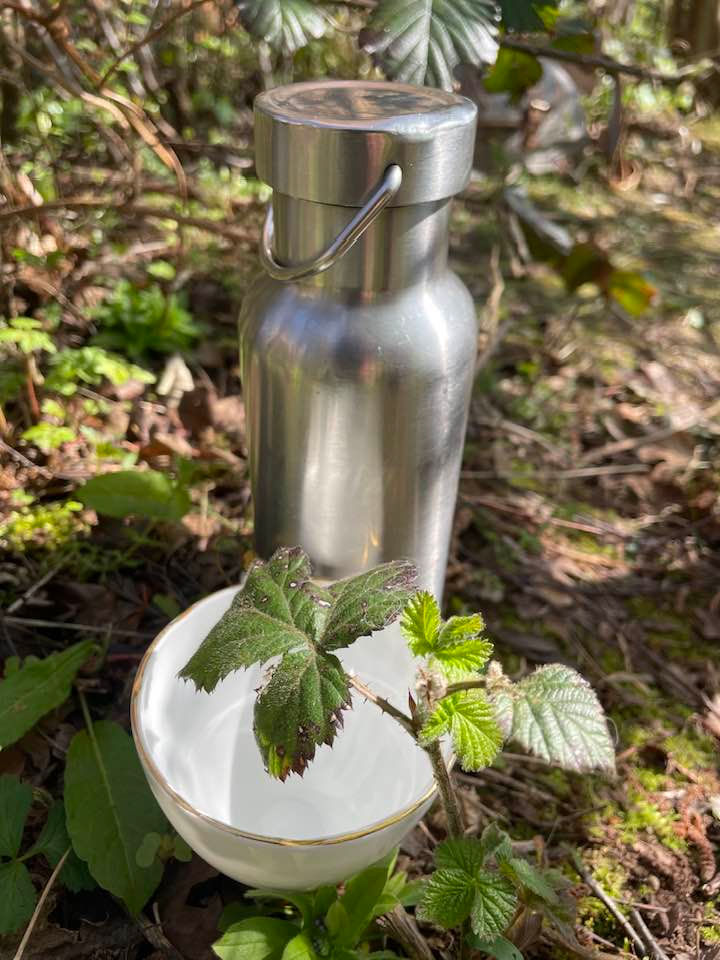
ID features
Bramble is in the rose family and so has the characteristic thorns like rose and hawthorn, as well as the five petalled flowers, (June-August). Most people today would have eaten the blackberry fruits in late summer/early autumn, straight from the bush or in an apple and blackberry crumble.
Bramble leaves are partially evergreen. Some dye back in winter, and you can see the contrast of the dark green of last year’s leaves compared to the bright green new shoots which are softer and easier to eat.
Medicinal uses
Our ancestors knew the leaves as treatment and prevention for scurvy. This is because the leaves have even more vitamin C in them than the fruit and the fruit have more vitamin C than oranges.
Not only this, the leaf is tannin-rich which you can taste when chewing, and indeed this is how they would have taken them. Chewing the leaves is great for oral hygiene. The astringent quality tightens the skin inside the mouth which stops bleeding gums.
The antioxidant action of the vitamin C prevents further damage, and vitamin C also gives a boost to the immune system.
They are also antimicrobial which keeps the bacterial populations of the oral cavity, (and gut), in check. Nature’s version of a mouthwash. Chew or gargle.
One way to remember the traditional use for bramble is that it “stops leakage”. By this we mean that it helps the body hold on to its fluids. For example, it is a great remedy for reducing excess menstrual loss by closing off the capillaries, it also treats a runny nose, excess catarrh and of course diarrhoea. The tightening effect means it helps to heal mouth sores, and it is also a traditional remedy for a sore throat.

Harvesting
The leaves grow in 3-5 broad toothed leaflets. Pick new leaves throughout spring, and in the summer use scissors to avoid getting scratched by the prickles running down the centre backside of the leaf.
How to make Bramble tea
The best way to make a herbal tea is to be led by your taste buds. Wild teas can have a variety of flavour based upon the weather, the season, and the environment it grows in. I might pick 3 newly opened leaves in early spring, then once the leaves are fully open, just one leaf per cup, (composed of 3-5 leaflets).
It’s a very pleasant drinking tea, one that I chose regularly. In fact, I annually train some to grow along my fence so that I always have access to them, (and the berries of course!). They are clambering and can be twisted and attached in the same way as raspberry or tayberry plants.
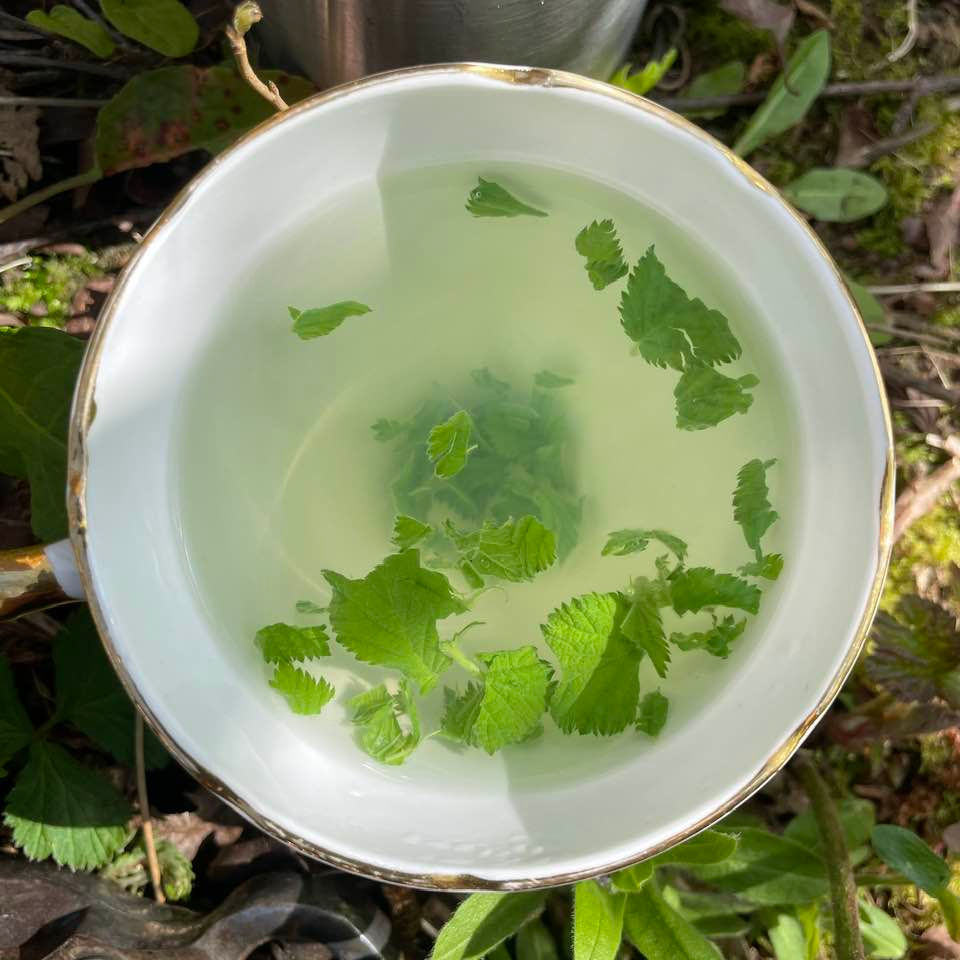
Taste
I find the taste a little like drinking green tea, perhaps a little more citrussy. They have been likened to earl grey, and one remark I enjoyed reading from www.buddhateas.com was:
“very subtle and very mild, as if a strong black tea became as gentle as chamomile”
Cautions
The one caution relates to it being a strong astringent. Its toning effect is helpful to a point, for short term use, or small doses, however, too much long term can interfere with mineral absorption. This is the same advice as is given for drinking black tea without a protein-rich milk to bind the tannins.
Click the button below for:
For those Local to me:
My next herb walk is at 6.30pm on Tuesday 15th April. Meet at the entrance the rose garden with a flask of hot water. We must be mindful that the gates to the grounds are shut at sunset, (8pm), and so we will finish promptly at 7.40pm.
There will also be a walk in my local park in Long Ashton on Tuesday 15th April. Meet in Peel Park, on the Community Centre side in Long Ashton, North Somerset, BS41 9DP.
£10 cash on arrival, or pre-pay option via: https://www.healthneedsthyme.co.uk/services
Herbal Medicine Consultations
I am a qualified medical herbalist, trained in much the same way as a GP. However, my medicines are from nature's larder. They nourish and strengthen so that your body can heal itself. I offer consultations via video call and send tonics out in the post. Email me to book an appointment: sarah-janecobley@healthneedsthyme.co.uk
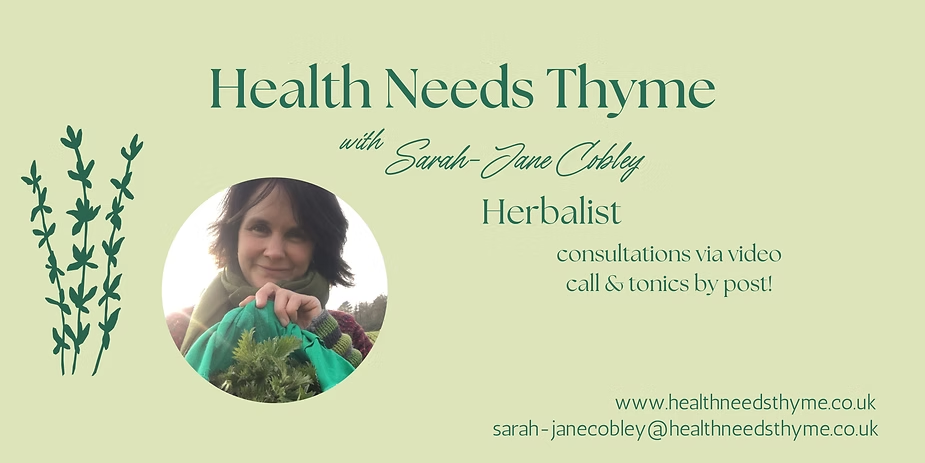

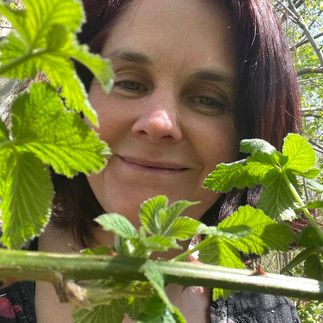
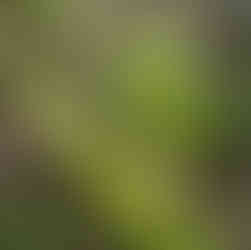












Comments